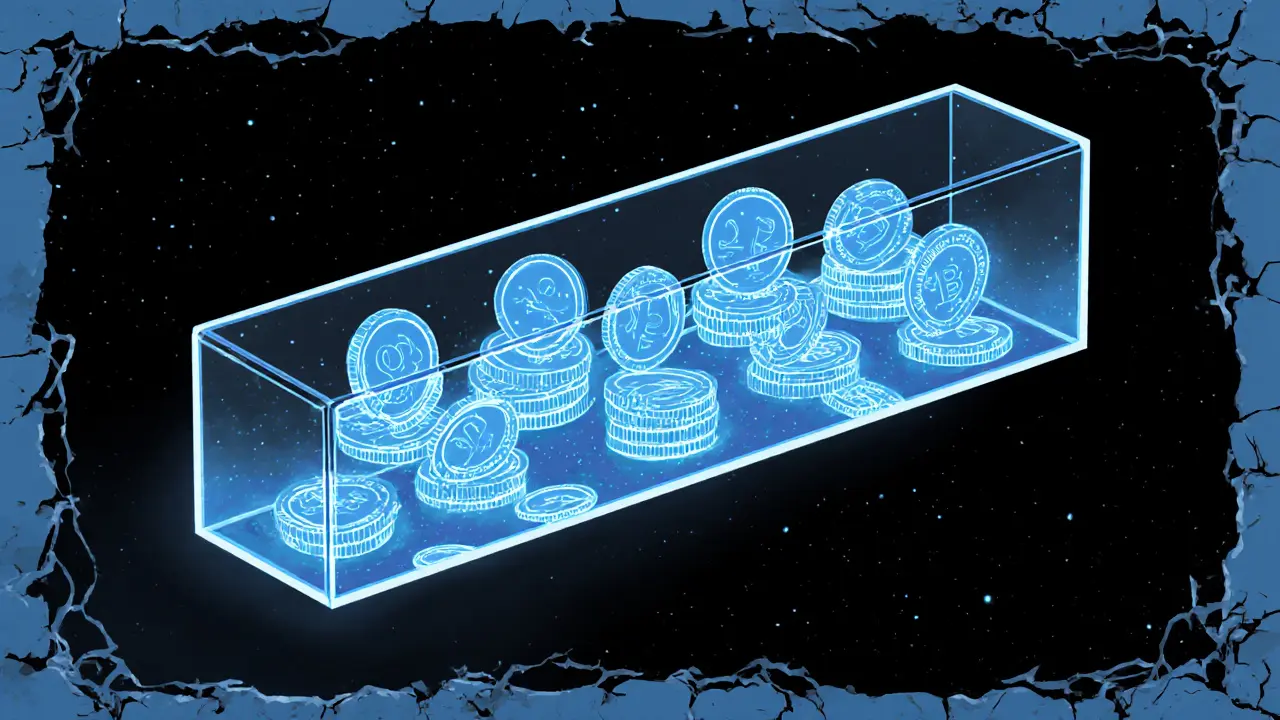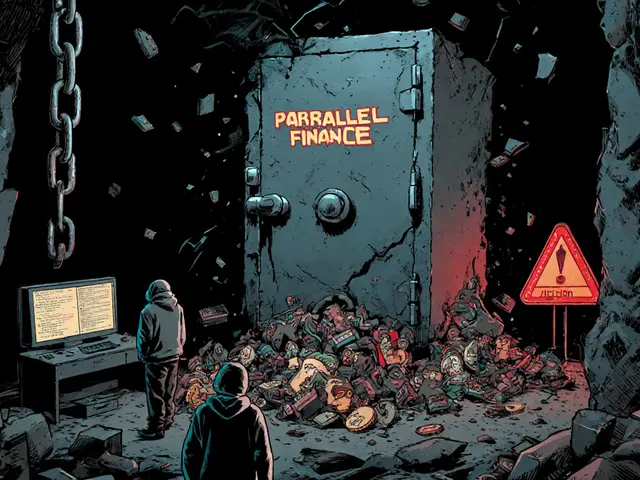OCP Crypto: What It Is, How It Works, and Where to Find Real Value
When you hear OCP crypto, a little-known token often tied to obscure DeFi projects or low-liquidity exchanges. Also known as Open Capital Protocol, it’s not a household name like Bitcoin or Ethereum—but it pops up in forums, airdrops, and shady Telegram groups. Most people don’t know what it actually does, and that’s the first red flag.
OCP crypto doesn’t have a clear use case. Unlike SushiSwap or Velodrome, which offer real trading tools and yield mechanisms, OCP often shows up as a token with no whitepaper, no team, and no clear roadmap. It’s frequently linked to DeFi, decentralized finance platforms that promise high returns but often lack audits or transparency. Some users confuse it with legitimate protocols because it’s listed on small exchanges like Cougar Exchange or Decaswap—platforms we’ve seen in our posts that are full of low-liquidity tokens with no real demand. The same pattern repeats: a token gets pumped on social media, people buy in hoping for a quick flip, then it vanishes. This isn’t speculation—it’s a known scam structure.
What makes OCP crypto dangerous isn’t just the lack of utility—it’s the way it hides in plain sight. You’ll see it mentioned alongside blockchain, the underlying tech that powers secure, transparent transactions, but OCP itself doesn’t contribute to any blockchain innovation. It’s not part of Layer 2 scaling like Optimism. It doesn’t use zero-knowledge proofs or DAO governance like SushiSwap or Decaswap. It’s just a ticker symbol with a story built on hype. And if you look at the posts we’ve collected, you’ll see the same warning signs: projects with no public team, no code repository, and no real trading volume. The only thing consistent? The rug pulls.
So what should you do? Don’t chase OCP crypto because someone on Twitter said it’s the next big thing. Look for projects with real activity—like Velodrome v3 on Optimism, where fees are low and rewards are transparent. Or study how SushiSwap V3 gives users real control over their assets. If a token doesn’t have a clear reason to exist beyond speculation, it’s not worth your money. The posts below cover exactly this: real DeFi platforms, scam patterns, and how to spot the difference between a token that’s building something and one that’s just stealing your cash. You’ll find guides on rug pulls, exchange reviews, and airdrop traps—all of which teach you how to avoid what OCP crypto represents. Skip the noise. Focus on what actually works.

OC Protocol (OCP) is a crypto coin with a hybrid PoW/PoS blockchain, but zero circulating supply. Despite being active since 2018, no tokens are in user hands, making it unusable and effectively abandoned.
Continue Reading





